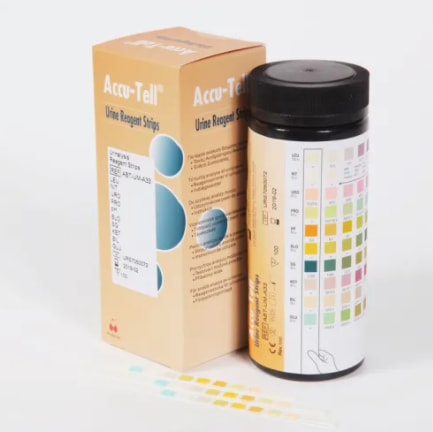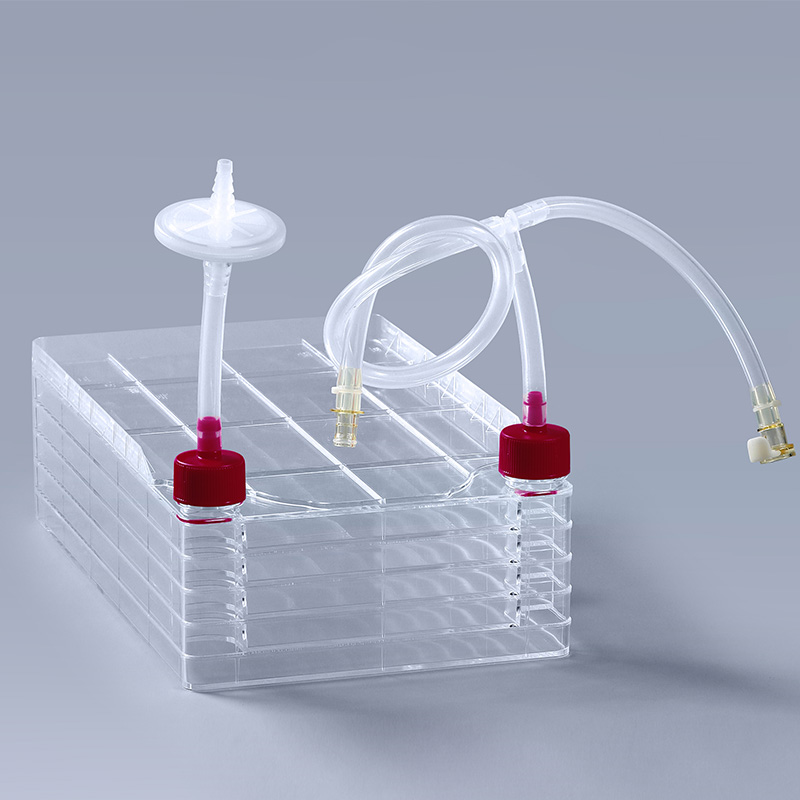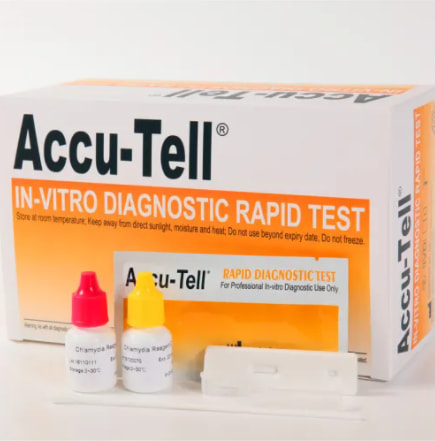Venous Blood Gas Interpretation And Risks of Mortality in Veterinary Medicine
When animals are initially presented to the emergency room, the extent of their condition often cannot be fully assessed without additional diagnostics. Is there a way we can handle questions from pet owners regarding the financial investment in their pet's medical treatment (such as prognosis and anticipated costs of medical care) based on evidence-based medicine? We strive to look for indicators in our physical examination findings and in our initial diagnostic work up (e.g., preliminary lab work or quick assessment tests) to help bolster our understanding of the patient's prognosis, but presently veterinary medicine is greatly lacking in these indicators of mortality and disease severity. In the veterinary emergency room, blood gases are a quick and easy piece of lab work that can be obtained relatively quickly at the time of triage for cats and dogs. So, it can be obtained off a simple blood gas analysis for possible predictors of mortality: plasma lactate concentrations, pH, base deficit, and anion gap in both cats and dogs, and looked for any correlation of these values to an increased in mortality risk.
First, let's review two parameters in the venous blood gas that often confuse people: anion gap and base excess. Let's start with the anion gap. Anion gap is the calculated difference between serum or plasma cations and anions. This equation is used to help try to identify the cause of a metabolic acidosis. A higher than normal anion gap should lead the clinician to look for causes within the patient to have elevated concentrations of anions, the most common being lactate, beta-hydroxybutyrate, acetoacetate (both ketoacids), phosphate and sulfate (associated with kidney injury). If the anion gap is normal, yet the patient is experiencing a metabolic acidosis, this means that the body has lost too much bicarbonate which is being replaced by chloride, and signals the clinician to look for a reason for bicarbonate loss such as gastrointestinal or renal losses. Rarely does a negative anion gap occur, but hypoalbuminemia will decrease the anion gap, and so a corrected equation should be used in the presence of hypoalbuminemia.
>> Veterinary Blood Analyzer Wholesale
How long does it take to get results from an alcohol strip test?
Considerations for Choosing a Prosthetic Waterproof Foot
The Advantages of Ring Lock Orthotic Knee Joints
What is citicoline sodium used for?
Next, let's look at base excess. The base measurement ignores respiratory causes of acid-base disturbances and instead focuses only on describing the metabolic contribution to the acid-base status. If there is a low amount of base in the body, this is coined "negative base excess" or a "base deficit" and represents a metabolic acidosis. On the opposite spectrum, a large amount of base in the blood creates a "base excess" and represents a metabolic alkalosis. The anion gap can then be used to help identify whether a metabolic acidosis (e.g., base deficit) is caused by addition of too much acid in the blood or too much loss of bicarbonate. If the anion gap is elevated with an existing base deficit, this means there is too much acid in the blood (ketoacids in a DKA). If the anion gap is normal with an existing base deficit, this means there is too much loss of bases (gastrointestinal or renal losses of bicarbonate).
Patients were said to have hyperlactatemia if their plasma lactate levels were > 2.5mmol/L. Dogs were categorized as having metabolic acidosis if their pH was <7.32 and their base deficit was < -4mmol/L. If they fit these criteria for metabolic acidosis and had a concurrent hyperlactatemia, they were further categorized as having a lactic acidosis. Cats were categorized as having a metabolic acidosis if their pH was <7.34 and their base deficit was <-5 mmol/L. If they fit these criteria and had a concurrent hyperlactatemia, they were further categorized as having a lactic acidosis.
In dogs, evaluation of the pH in combination with lactate levels can act as a predictor of mortality with lactic acidosis carrying a mortality risk of a little over a 50%. However, in cats, initial lactate alone was a predictor of mortality and the pH or anion gap did not add any predictive value. All in all, venous blood gas interpretation provides some evidence-based medicine on counseling pet owners about their critically ill patients with venous blood gas disturbances. When in doubt, make sure you are utilizing your venous blood gas appropriately! We are a veterinary blood gas analyzer supplier. If you are interested in our products, please contact us now!
Additional reading:Ampoules vs. Vials: Uses and Differences
what is citicoline good for?
8 Reasons Doctors Should Choose SonoAir
Related Articles









Comments
0